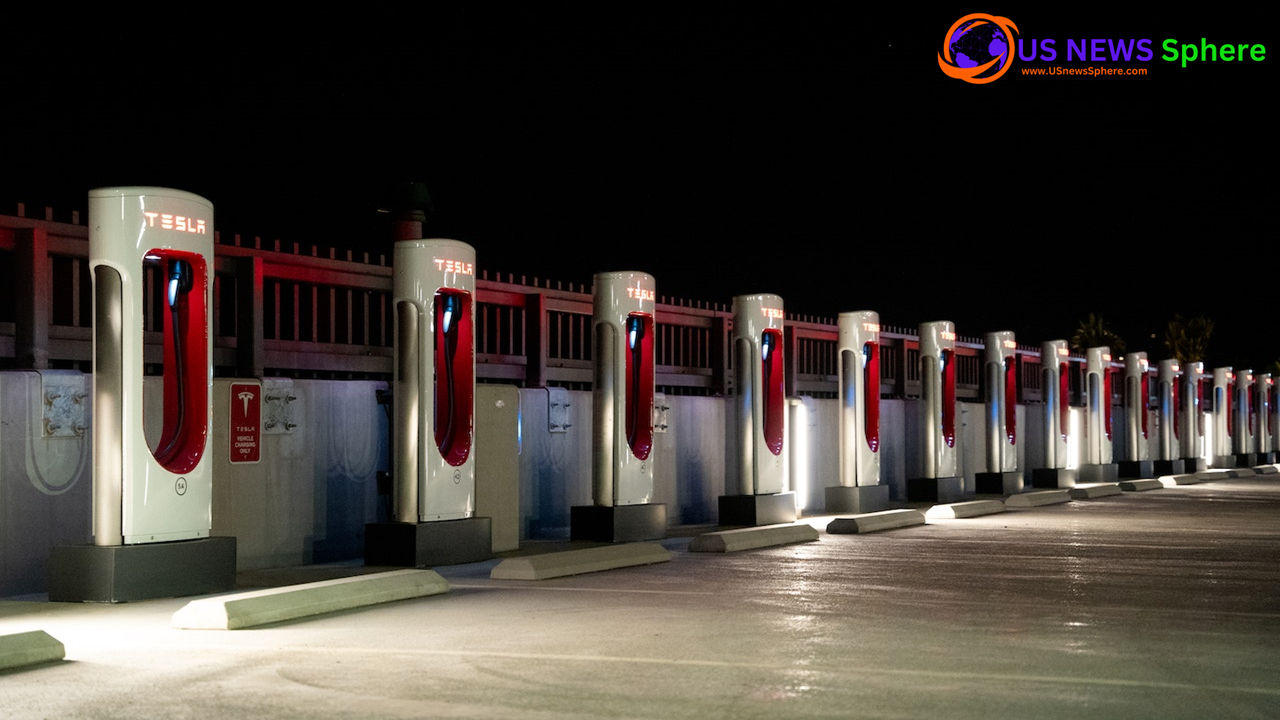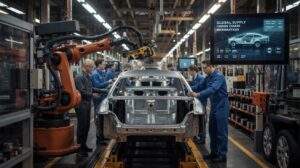Navigating the EV Charging Landscape: A New Era of Transportation
The rise of electric vehicles (EVs) is reshaping the automotive world, and with it comes the pressing need to address the challenges of EV charging infrastructure. As more consumers consider making the switch to electric, the demand for efficient and widespread charging solutions has never been higher. This article delves into the current state of EV charging, the initiatives being taken to enhance it, and what the future holds for this crucial aspect of the electric revolution.

Table of Contents
Automakers’ Investments in EVs:
- Automakers are heavily investing in electric vehicles (EVs).
- Ford plans to spend over $50 billion through 2026 on EVs.
- General Motors has allocated $35 billion through 2025.
- Volkswagen anticipates spending nearly $200 billion on EVs and related software by 2028.
Consumer Hesitation:
- Despite the investments, many Americans are hesitant to buy EVs.
- Concerns about charging infrastructure are a significant barrier.
Charging Concerns:
- Multiple surveys indicate that the lack of charging stations and charging logistics are major concerns for potential EV buyers.
- 32% of consumers in a Cox Automotive study cited the lack of charging stations as a barrier.
- A Consumer Reports study highlighted “charging logistics” and “purchase price” as the primary deterrents.
Efforts to Improve Charging Infrastructure:
- There’s a push to enhance the U.S. charging landscape.
- President Joe Biden is working with Congress to provide incentives for public charging.
- Automakers are collaborating to establish a single charging standard.
Home Charging vs. Public Charging:
- Most EV owners charge their vehicles at home using Level 2 chargers.
- Public charging stations are used occasionally, especially during road trips.
- Workplaces, hotels, and shopping centers are increasingly offering charging facilities.
Tesla’s Advantage:
- Tesla has a significant lead in the charging infrastructure.
- Almost 21,000 of the 33,000 public fast chargers in the U.S. are Tesla Superchargers.
- Tesla’s Supercharging network was a key selling point in its early days and remains crucial to its success.
Challenges with CCS Charging:
- The Combined Charging System (CCS) is less prevalent and often less reliable than Tesla’s system.
- Studies have shown that a significant portion of CCS chargers are non-functional or unreliable.
Move Towards a Single Charging Standard:
- Tesla and Ford have partnered to allow Ford EV owners to access Tesla superchargers.
- Ford will adopt the NACS charging port standard on its EVs from 2025.
- Other automakers like GM, Volvo Cars, Polestar, and Rivian have also announced collaborations with Tesla.
Benefits of Tesla’s Charging Tech:
- Tesla’s charging tech is reliable and user-friendly.
- Tesla’s NACS plugs are smaller and lighter than CCS plugs.
- Tesla’s charging process is seamless, with no need for apps or credit cards.
Future of EV Charging:
- While opening Tesla’s network to other automakers will provide more charging options, the U.S. needs more fast-charging stations.
- The Bipartisan Infrastructure Law of 2021 has allocated $5 billion for EV charging stations and infrastructure from 2022 to 2026.
The Road to a Greener Future: Charging Ahead
As the automotive landscape undergoes a transformative shift towards electric vehicles, the challenges surrounding EV charging infrastructure are becoming increasingly evident. While Tesla’s decision to open its Supercharger network to other automakers is a commendable step towards addressing these challenges, it’s clear that this is just the beginning of a much larger journey. [cnn]
The Bipartisan Infrastructure Law of 2021 has earmarked $5 billion for EV charging stations and related infrastructure from 2022 to 2026. This investment is a testament to the government’s commitment to bolstering the EV ecosystem. However, the onus is not just on the government. Automakers, charging network providers, and other stakeholders must collaboratively work towards creating a seamless and efficient charging experience for EV users.
The hesitancy among potential EV buyers, primarily due to charging concerns, underscores the importance of this mission. As more automakers pivot towards electric vehicle production, ensuring a robust and reliable charging infrastructure becomes paramount. The future of transportation is electric, and with concerted efforts from all stakeholders, we can ensure that the road ahead is not just green but also convenient and accessible for all.
while the transition to EVs is gaining momentum, the charging infrastructure remains a significant challenge. Collaborative efforts between automakers and the government are crucial to address these concerns and ensure the successful adoption of EVs.





